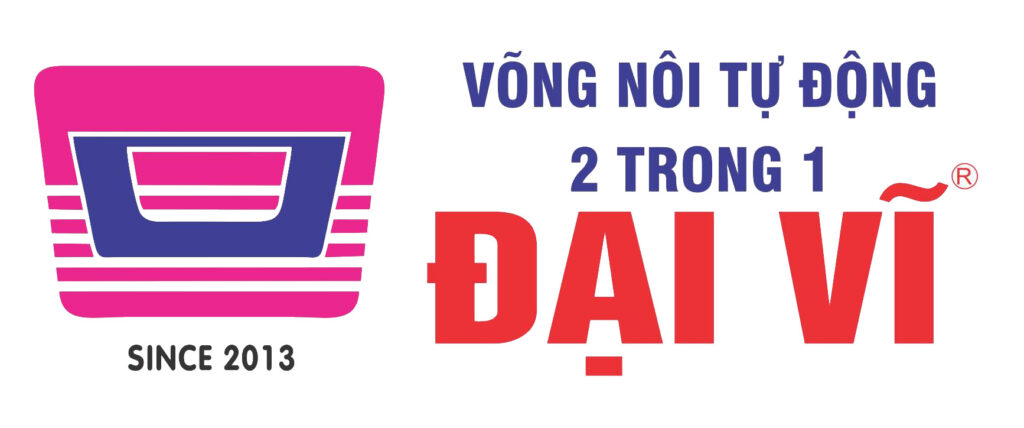Forex Trading
What is the quick ratio and how to calculate it?
This figure gives investors an indication of the company’s short-term financial health, its capacity to clear its debts within a year, and its operational efficiency. A quick ratio above 1.0 indicates a company has enough quick assets to cover its current liabilities. A higher ratio indicates that the company has more liquidity and financial flexibility. The quick ratio does not consider most of a company’s current assets. It may be unfair to discount these resources, as a company may try to efficiently utilize its capital by tying money up in inventory to generate sales.
Quick Ratio or Acid Test Ratio
We may earn a commission when you click on a link or make a purchase through the links on our site. All of our content is based on objective analysis, and the opinions are our own. The clothing store’s quick ratio is 1.21 ($10,000 + $5,000 + $2,000) / $14,000. On the same note, the accounts receivable should only consist of debts that can be collected within a 90-day period. The numerator should only constitute those assets that are easy to convert into cash (typically within 90 days or less) without jeopardizing their value.
It’s a financial ratio measuring your ability to pay current liabilities with assets that quickly convert to cash. The quick ratio is a more appropriate metric to use when working or analyzing a shorter time frame. Consider a company with $1 million of current assets, 85% of which is tied up in inventory.
What is your current financial priority?
When we look at how well a company can meet its short-term debts, the financial liquidity topic arises. Each metric offers insights but highlights key differences that impact decision-making. The quick ratio formula focuses on liquid assets making it a stronger measure of immediate financial health without the overstatement seen in the current ratio.
Examples in Different Industries
It’s what can quickly be converted to cash to pay short-term debts. Working capital can be a barometer for a company’s short-term liquidity. A positive amount of working capital indicates good short-term health. A negative amount indicates that a company may face liquidity challenges and may have to incur debt to pay its bills. Working capital represents a company’s ability to pay its current liabilities with its current assets.
If the inventory is unable to be sold, the current ratio may still look acceptable at one point in time, even though the company may be headed for default. By dividing the current assets balance of the company by the current liabilities balance in the coinciding period, we can determine the current ratio for each year. When calculating the ratio, the first thing you need to do is look for each component in the current liabilities and current assets section of the balance sheet. Yes, if the quick ratio is very high, it might mean the company isn’t making the most of its cash or liquid assets.
Deep ratio analysis and financial modeling are crucial for understanding company liquidity. These financial tools are vital for investors, creditors, and executives. They help in making solid predictions in the unpredictable business world. Compared to other liquidity ratios like the quick ratio, the current ratio offers different insights. The quick ratio measures easily liquidated assets against liabilities, excluding items like inventory from its calculation. Working capital is the amount of current assets left over after subtracting current liabilities.
This is markedly different from Company B’s current ratio, which demonstrates a higher level of volatility. This could indicate increased operational risk and a likely drag on the company’s value. Small businesses are prone to unexpected financial hits that can disrupt cash flow. If there’s a cash shortage, you may have to dig into your personal funds to pay employees, lenders, and bills.
Working capital should be assessed periodically over time to ensure that no devaluation occurs and that there’s enough left to fund continuous operations. What was once a long-term asset, such as real estate or equipment, can suddenly become a current asset when a buyer is lined up.
Do you already work with a financial advisor?
- Unearned revenue from payments received before the product is provided will also reduce working capital.
- Financial ratios should be compared with industry standards to determine whether such ratios are normal or deviate materially from what is expected.
- For companies especially concerned with quick debt payment or in industries where selling inventory quickly is hard, the quick ratio is very important.
- A quick ratio of 1.0 means that for every $1 a company has in current liabilities, it also has $1 in quick assets.
The quick ratio or acid test ratio is a measure of liquidity that measures a company’s ability to pay off its existing liabilities. The current ratio, which simply divides total current assets by total current liabilities, is often used as a proxy for the quick ratio. While usually accurate, this approximation does not always represent the total liquidity of the firm. The current ratio shows quick assets divided by current liabilities is current ratio if a company can pay off debts due within a year by comparing current assets to current liabilities. It includes cash, accounts receivable, inventory, and prepaid expenses.
If a company has a very high current ratio compared with its peer group, it indicates that management may not be using its assets efficiently. You can calculate working capital by taking the company’s total amount of current assets and subtracting its total amount of current liabilities from that figure. The result is the amount of working capital that the company has at that time.
Yarilet Perez is an experienced multimedia journalist and fact-checker with a Master of Science in Journalism. She has worked in multiple cities covering breaking news, politics, education, and more. Her expertise is in personal finance and investing, and real estate. A financial professional will offer guidance based on the information provided and offer a no-obligation call to better understand your situation.




